There is no solution to remove purple stains from your smartphone screen. If the display leaks, it cannot be repaired and must be replaced. Unless you have the skills and tools to fix smartphones, it’s unlikely you’ll succeed in fixing them at home.
So if you notice purple dots on your screen, don’t waste time trying to fix it yourself. Instead, sign out of important accounts, transfer your files and photos, and delete sensitive information. Prepare your phone to be taken to a professional service center for assistance.
How to fix problems with the purple screen?
If your phone’s screen has a purple bleeding effect, it means it’s seriously damaged. The internal crack causes the LCD fluid to leak, resulting in the purple tint.
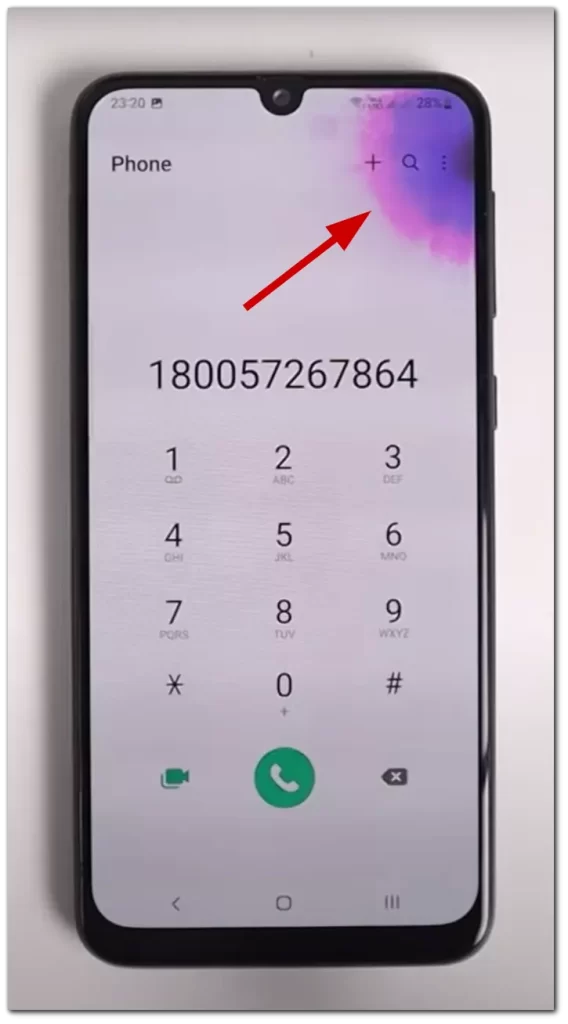
Unfortunately, there’s not much you can do to fix it yourself. The best solution is to replace the screen at an authorized repair shop. They will likely suggest a screen replacement. It’s up to you to decide if it’s worth the investment.
I’ve seen various recommendations on the Internet to fix the purple screen on your phone, I should note that the usual actions such as rebooting the device, updating the Android or iOS operating system, downloading troubleshooting apps, or resetting to factory defaults will not solve the problem. The purple tint is usually caused by a hardware problem, making these actions ineffective.
Before sending your phone for repair, I strongly recommend backing up your data as a precautionary measure. Even if certain parts of the screen are unresponsive, you can connect your phone to a computer and try to back up important information such as contacts, photos, and other media files. By doing so, you’ll have your data securely stored, allowing for easy restoration in case any unforeseen problems occur during the repair or screen replacement process.
Why is the screen turning purple?
The main reasons for display failures, including the appearance of purple streaks or spots, are:
- Physical damage (pinching, falling, compression): Accidental mishandling, such as dropping the phone, applying excessive pressure, or pinching the screen, can result in display problems, including purple streaks.
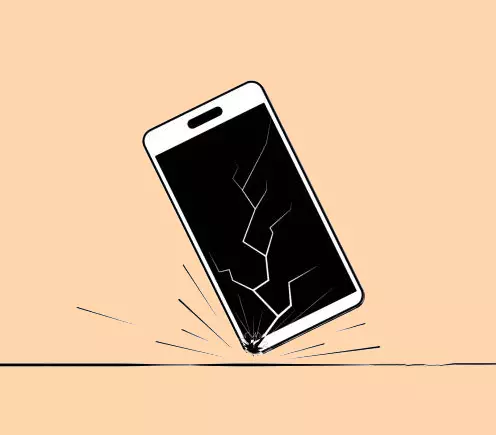
- Overheating: Excessive heat can cause damage to the screen, leading to discoloration or streaks.
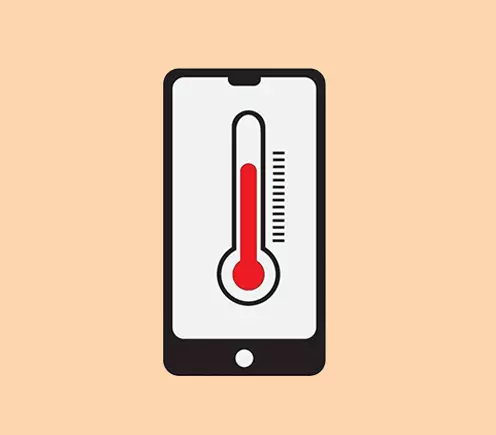
- Cracks in the matrix and/or glass: Physical damage, such as cracks in the display matrix or glass, can result in purple streaks or spots.
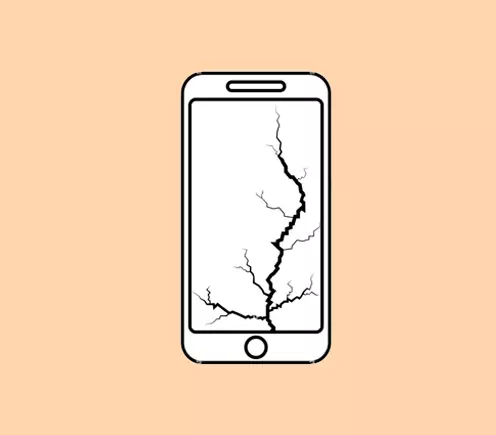
- Moisture or condensation on the matrix: Exposure to moisture or the presence of condensation on the screen can lead to display issues, including purple streaks.
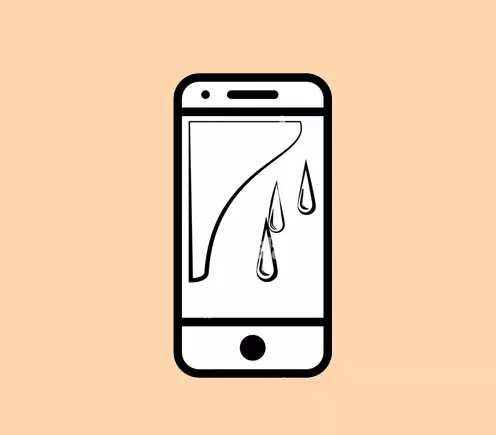
- Factory defect: In some cases, a manufacturing defect in the screen or related components can cause discoloration or spots.
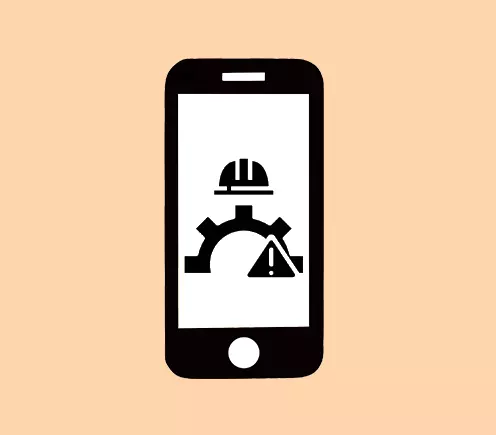
- Wear and tear of components: Over time, normal wear and tear of the phone’s components, including the screen, can contribute to display issues.
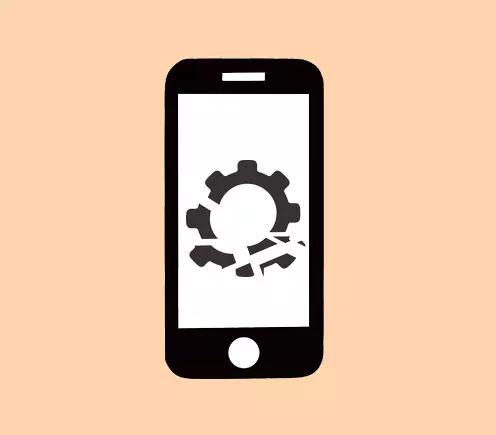
How to prevent purple spots on the screen?
By following simple preventive measures, you can preserve the integrity of your phone’s screen and avoid potential problems that can lead to purple spots. To prevent such a problem, follow these steps:
- Use a protective case: Invest in a durable and reliable phone case that provides adequate protection against impacts and drops. A good case can help minimize the risk of physical damage to the screen.
- Handle your phone with care: Avoid rough handling of your phone and be cautious while placing it in pockets, bags, or other potentially damaging environments. Gentle handling reduces the chances of accidental drops or pressure on the screen.
- Avoid extreme temperatures: Keep your phone away from extreme heat or cold as it can affect the screen’s performance. High temperatures can cause damage to the screen, leading to discoloration, including purple spots.
- Be mindful of moisture exposure: Protect your phone from moisture and liquids. Avoid using your phone in wet environments or exposing it to excessive humidity. Moisture or condensation on the screen can contribute to screen issues, including the appearance of purple spots.
- Clean the screen properly: Use a soft, lint-free cloth to clean the screen of your phone. Avoid using harsh chemicals or abrasive materials that can scratch or damage the screen.
By following these preventive measures, you can minimize the risk of experiencing purple spots or other screen-related issues on your phone.
How to fix the purple screen on your Android device
If the color issue on your phone doesn’t match the image shown at the beginning of the article, there’s a possibility that you may have a system problem. Here are tips that might help you get rid of some color problems on your screen:
Reboot your device
First, you should try the simplest and most obvious way. Rebooting your device will allow you to reboot your system and close all running apps completely. This may also help with the purple screen problem.
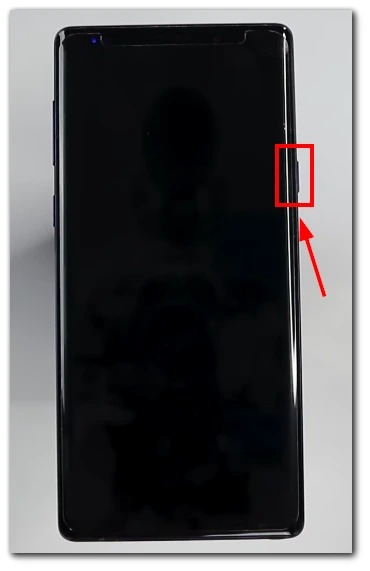
To reboot most Android devices, press and hold the Power button until the Power Menu appears on the screen. Then press Shutdown or Reboot. Then press the Power button again to power your device. The main thing to remember is that all your applications and processes started when restarting the phone will be immediately terminated and closed.
Launch your Android device in Safe Mode
This way, you can determine if an app causes the problem or if it’s a system problem. Safe mode will disable all third-party apps, and you will better understand the situation. To put your phone safely, you need to:
- Press and hold the power button.
- When the Power Menu appears, turn off your phone.
- Then press the power and volume down buttons until the phone powers on.
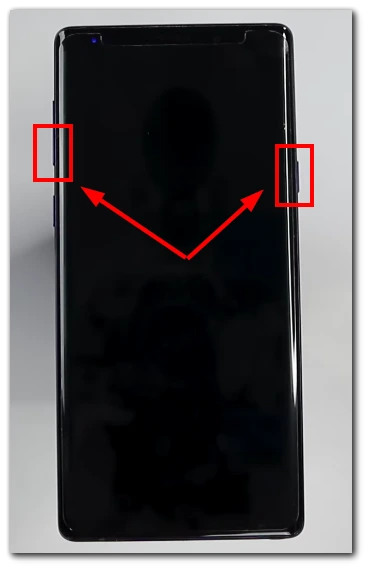
- Your phone should now restart in safe mode. In most models, this will be indicated by the text on the corner of the screen.
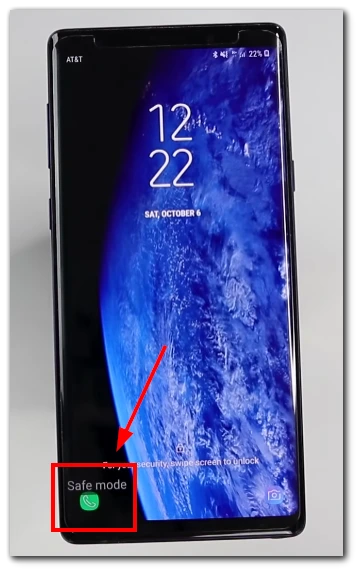
If the purple screen doesn’t appear, a third-party app causes the problem. This will be very easy to fix. You need to uninstall the apps you have installed recently, and after installing them, you began to have issues with the purple screen.
Install the latest software update
Often problems can be caused by bugs or conflicts within apps. In that case, developers are usually quick to track down such phone issues and release new bug fixes that should fix all problems with your device. To update the software on most Android devices, you need to follow these simple instructions:
- Open the Settings app.
- Scroll down to About Device or System Update option.
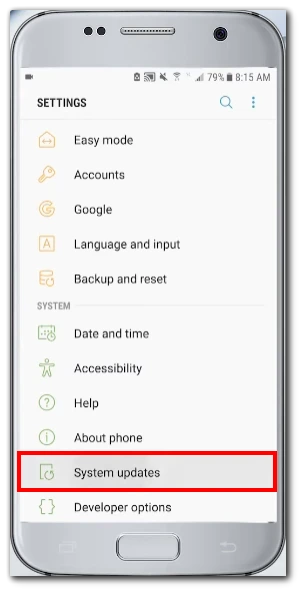
- Here you can see the latest update.
- Click the active “Download” button if there is one.
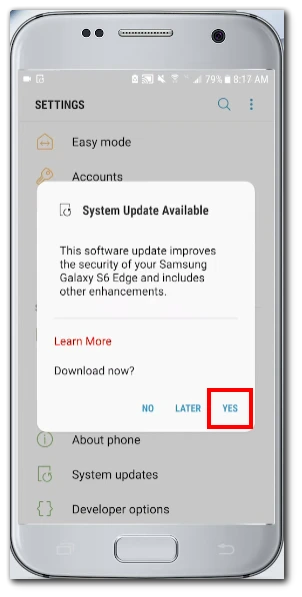
After that, you should wait for a while. It may take up to half an hour, and your device may restart. I recommend that you update your system as often as possible. Usually, updates bring you different fixes and performance improvements. However, suppose your smartphone is more than 2-3 years old. In that case, I recommend avoiding updates because some developers, with the release of new patches, can deliberately slow down older devices so that you upgrade faster.
Perform a Factory Reset
If none of the above methods have helped you, resetting your device to factory settings can help. It’s important to remember that this will delete all data from it, including your accounts, photos or videos, and all installed third-party apps. To do this:
- Open Settings.
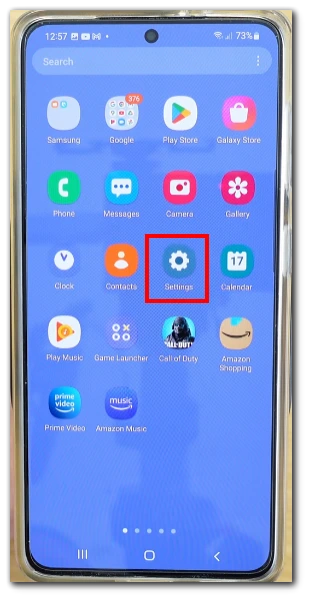
- Then go to About Phone or General tab.
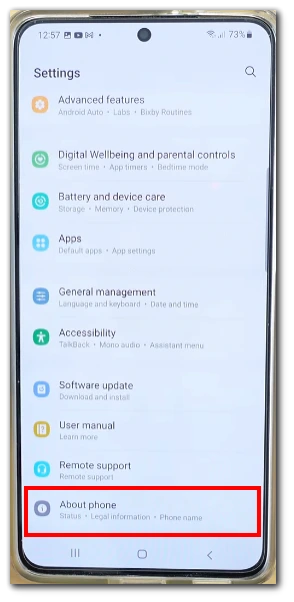
- Here you can find Reset and tap on factory data reset.

- Then your smartphone will reboot, and your purple screen problem should be solved.
Once again, I want to remind you that all data from your smartphone will be deleted and returned to the settings and appearance it had when you first took the smartphone out of the box. If none of the above couldn’t help you, applying to the service center to check your phone and find any hardware problems makes sense.

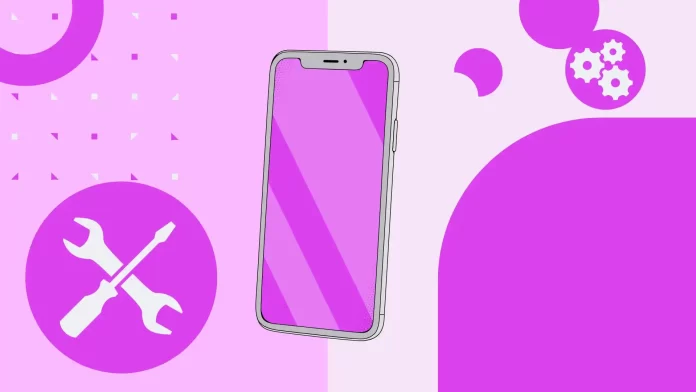
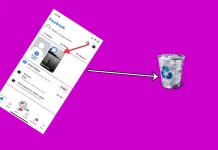
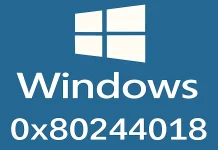
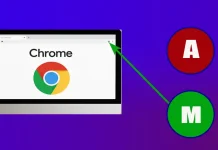

That can’t be fixed by restarting your phone or factory reset! If your screen has a purple or pink spot, that’s over! Your phone matrix is over you need to change it, as the spot will grow and become bigger. Immediatly rush to repair service.